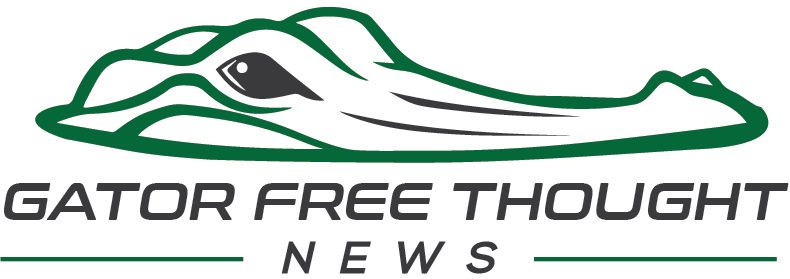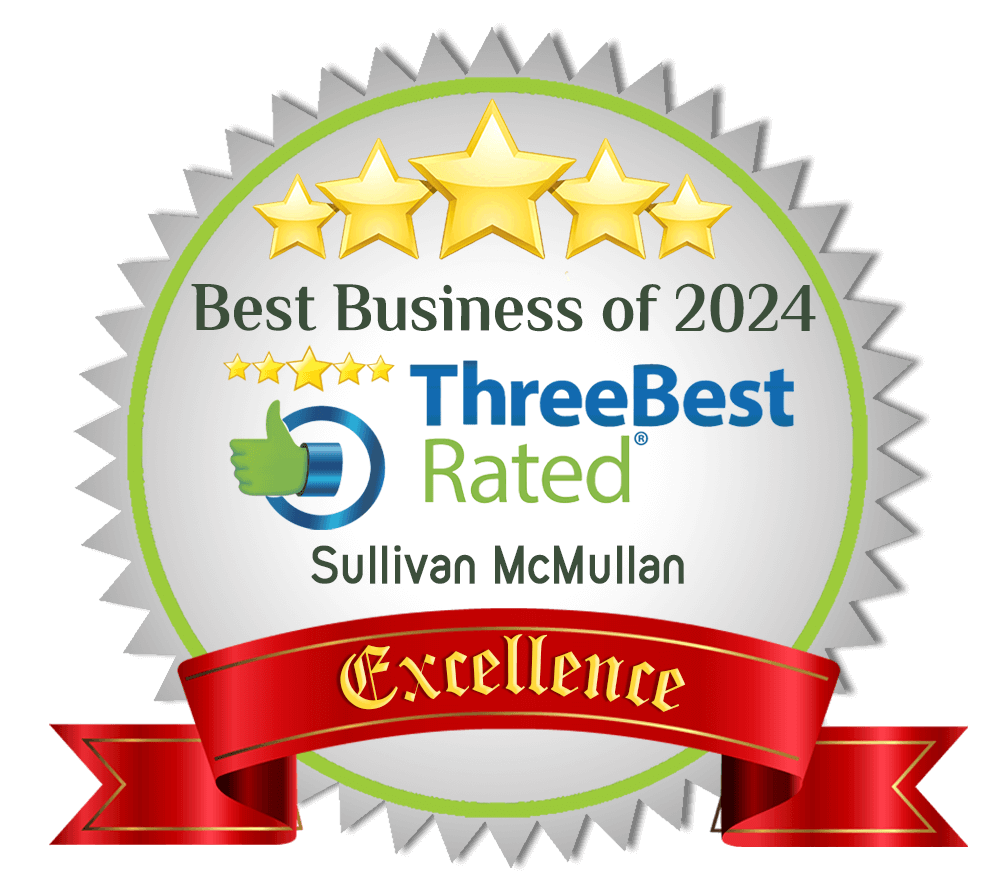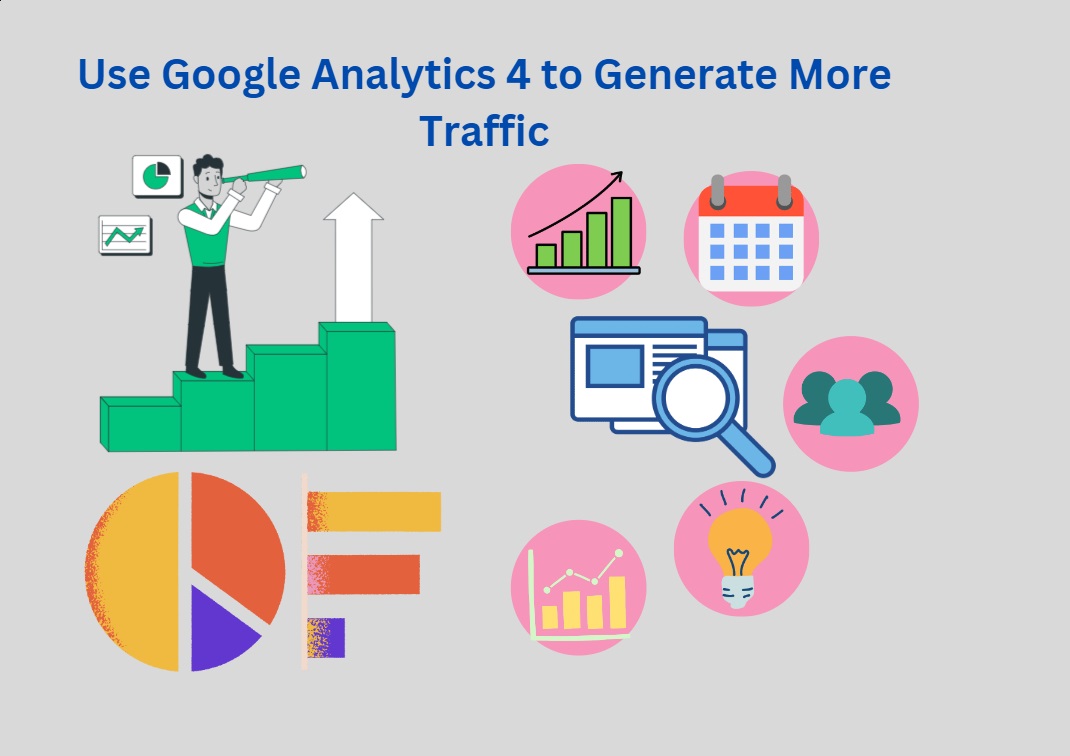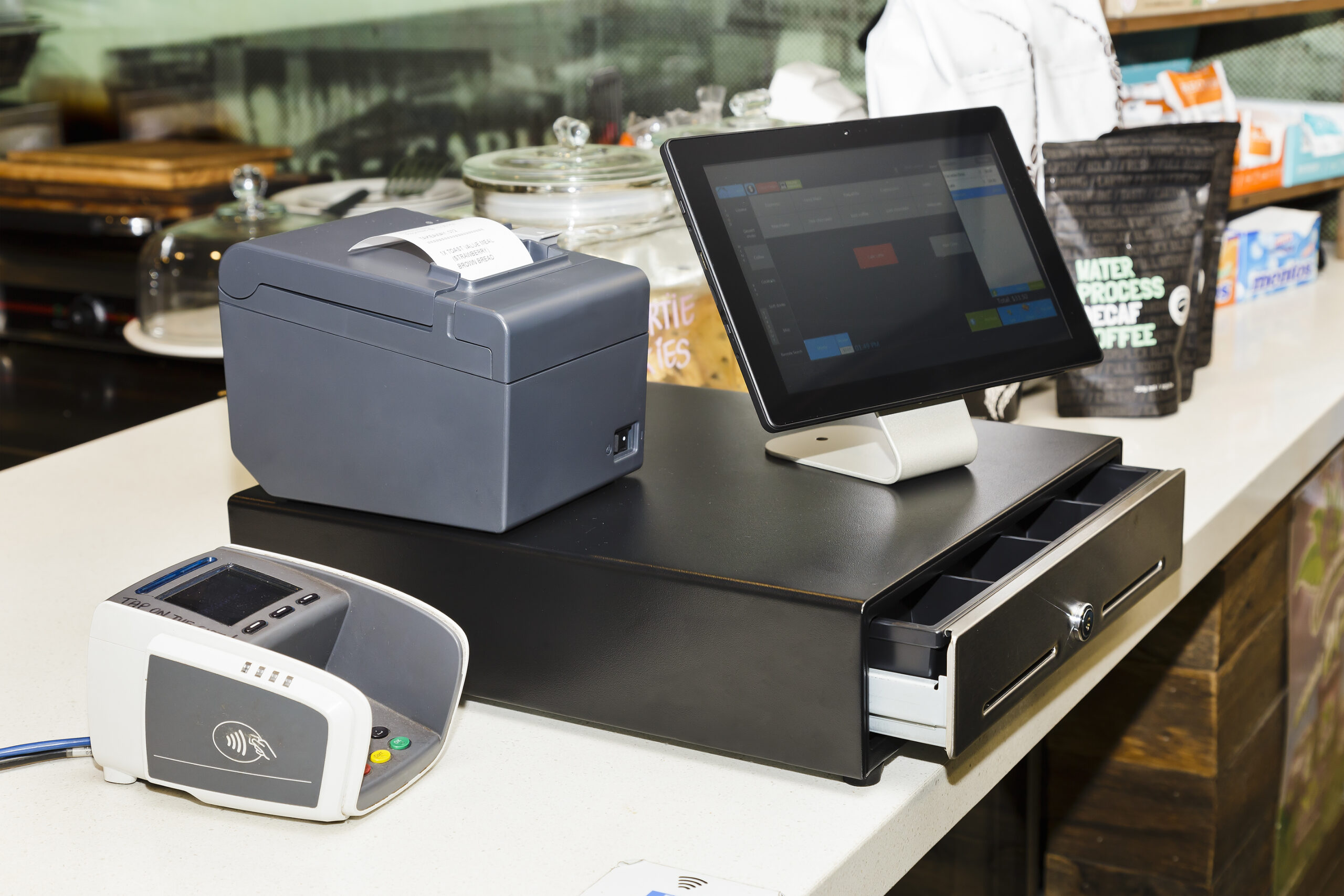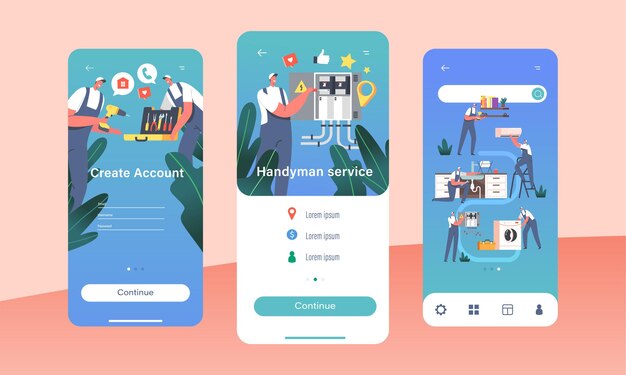Optimize Your Audio and Video Marketing for 2021
The pandemic of 2020 sent us all hiding in our rooms and safely distancing from one another. It also changed our behavior as consumers. More online users took to podcasts and YouTube videos to keep themselves entertained at home and to feel connected to the world. Marketers quickly realized audio and video marketing was the best way to reach their audience, no matter the industry.
Marketing and advertising are all about going where the people are, and 2020 brought the people to podcasts and webinars. Since discovering this, marketers adjusted their strategy to get their brand in front of their ideal audience through video and audio marketing. We recommend every business do the same, taking advantage of the following areas of opportunity.
Podcast Marketing
Podcasting took off in 2020, creating a larger and more demanding crowd. One of the most cost-effective ways to get a brand name out there is through the ears. 80 percent of podcast listeners consume all or most of each episode, and an average of 7 different podcast shows weekly. Furthermore, 32 percent of Americans ages 25-54 listen to podcasts monthly, which is the ideal consumer demographic for most brands (where the money is).
Podcasts are a low-cost outlet, with easy-to-track monthly metrics. Better yet, it’s easy to gain impressions, as the audience is already listening to the content; The brand is not pushing them to go anywhere through the sales funnel and listeners respond to messages in a conversational, more human voice. For more information on how to build a podcast strategy, read over this article: Podcast Strategy: A Roadmap for Businesses.
By advertising before, during, or after an episode, the listener retains the brand name and will often search for the business later. Businesses have also been offering promo codes for related products or services that the listener would be interested in, based on data from lookalike audiences. These promo codes offer incentives for the listener that will lead to a sale, and also forges a partnership with the related brand who will likely promote the business in other ways as well.
OTT (Over-The-Top)
OTT is any streaming video service offered to viewers via the internet. These services include platforms like YouTube, Netflix, Hulu, Sling, and many more. While these platforms deliver video content to desktops, tablets, and mobile devices, a growing number of users are choosing to stream content directly to internet connected televisions, if they have a Roku or Smart TV. For additional insights into OTT advertising, view this archived Anvil webinar.
Video Marketing
Video saw a rise in performance and viewership in 2020 four-fold and is expected to continue rising in 2021 and 2022 at the same rate. The ideal audience is flocking to video, providing businesses the perfect opportunity to reach them. Users turn to video for online shopping, how-to help for DIY projects at home or to learn a new recipe, home fitness, and so much more. To get a brand name in front of an audience, video advertising should be worked into a marketing strategy. Take a look at the benefits of marketing via video:
- 85% of marketers say that video is an effective way to get attention online.
- 84% of people say that they’ve been convinced to buy a product or service by watching a brand’s video.
- 87% of marketers say video has helped them increase traffic to their website.
- 83% of marketers say video has helped them generate leads.
- 80% of marketers say video has directly helped to increase sales.
- Viewers claim they retain 95% of a message when obtained via video.
Video marketing has several options for platforms: OTT (over-the-top), YouTube, Facebook, Instagram, Snapchat, and now TikTok. While video is for everyone, each platform has their own ideal length, industry content, and optimizations that will help the video earn more impressions and views. For more information on video marketing, download a copy of Anvil’s Video Marketing Cheat Sheet.
Optimizations/Best Practices
When choosing a platform for audio and video marketing, it’s best to consider the ideal digital practices that will earn more listeners and viewers; One of those best practices is optimizing for organic search. For all platforms, optimizations start with keyword research.
By performing keyword research, marketers can discover what users are searching for. An easy access place to begin is by searching for a relevant business term in the YouTube search bar (YouTube has become the third largest search engine used today). We also recommend searching “Most Popular” videos in the drop-down menu, to learn from what those users did to rank so high. High rankings in search are largely due to keyword-rich titles, descriptions, and tags to videos or podcast episodes.
Following keyword research and application, narrow the optimization task list to strategies that apply per platform. For example: OTT advertising requires shorter length and landing pages; YouTube uses Cards and End Screens; Instagram, Facebook, and Snapchat utilize Stories; Facebook allows for Video postings (can be longer length than Stories); YouTube, Facebook, and Instagram all support Live Streaming.
For longer material like webinars and podcast episodes, we recommend YouTube. For quick trailers, montages, and “snackable” content, we recommend Instagram, Facebook, and Snapchat.
Ideal Platform for Thriving Industries
While video and podcasting should be utilized by every business for effective marketing, the following industries stood out during 2020 and can add value with this strategy: Tech, Health/Fitness, eCommerce, and B2B.
eCommerce can benefit most from snackable video content and podcast advertising, while Tech would get the most value from how-to webinars and placing the business as a thought leader within the industry. Health/Fitness saw an increase in leads and sales in 2020 from social video advertising via Instagram, Facebook, and Snapchat. Meanwhile, B2B would benefit from all of the above: monthly webinars, bi-monthly podcasts, and social video ads. The content shared should cater to the businesses that the B2B brand is targeting.
Every brand should use audio and video marketing within their strategy, to reach the 85% of all internet users who are consuming that content. With so many options, there is no shortage of content to deliver. This will be the year to spread brand awareness. We expect to see and hear more brands for 2021!
About the Author: Meg Riley is an Account Executive and Creative Lead for Anvil Media, who specializes in content marketing and digital strategy.
